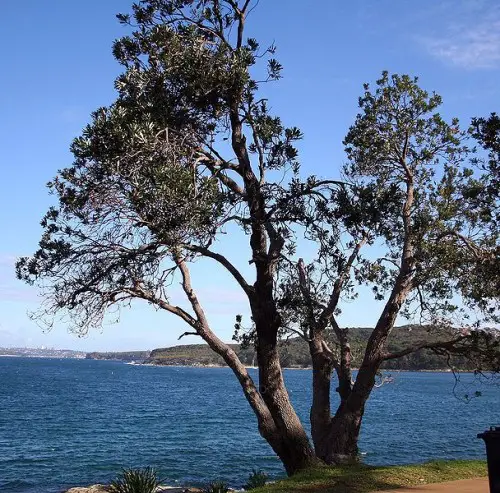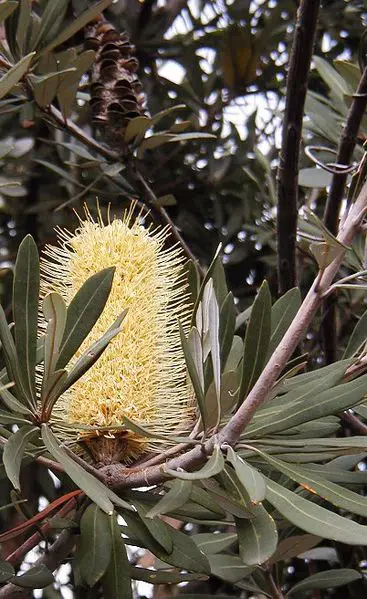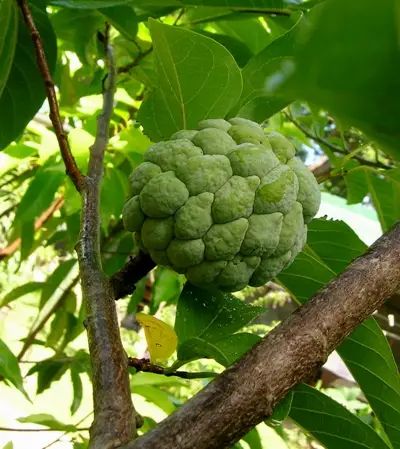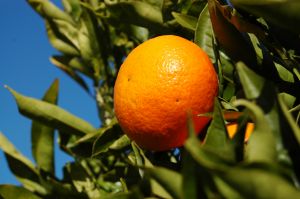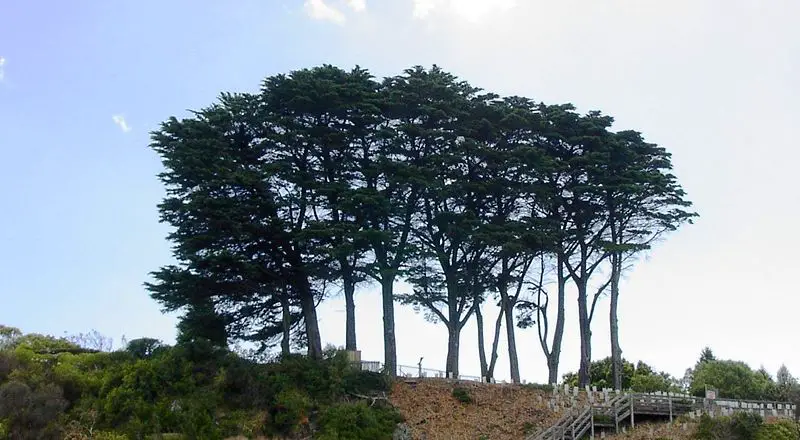Coast Banksia
Also known as the Honeysuckle Oak, White Honeysuckle, White Bottlebrush, White Banksia, Honeysuckle, or Coastal Banksia, the Coast Banksia is a tree species that grows on the east coast of Australia. It was one of the 4 original Banksia that was collected in 1770 by Sir Joseph Banks. It was also published as part of Carolus Linnaeus the Younger’s original description in 1782. However, it was known by the Indigenous Australians before it was discovered and named by the Europeans. For example, the Gunai people in Gippsland called this tree, Birrna.
The Coast Banksia is one of the most widely distributed Banksia species. It grows between Central Queensland and Victoria in a broad range of environments such as coastal dunes and mountains. Its form varies but it is mostly seen as a tree that grows up to 25 metres tall. Its leaves are dark green on the upper surface, and white on its underside. This contrast is particularly striking on windy days. It is a hardy and versatile plant that can be found in Australian gardens.
The tree can grow up to 25 metres in height, but in more sheltered locations, it can grow up to 35 metres. In exposed areas, it grows as a small and gnarled tree, 5 metres. In even more exposed areas such as coastal headlands, it can even grow as a small shrub. The flowers on its inflorescence is made up of several hundred flowers densely packed around a spiral, woody axis. The flowers are pale yellow to yellow, and its bud are greenish or pinkish.
It is used as a floral emblem by the City of Logan and the City of Redcliffe, which are 2 Local Government Areas (LGA) in Queensland. It was also featured in an Australian Post postage stamp. It is unsuitable for construction purposes as it has poor load-bearing purposes. However, it can be used for ornamental turnery and cabinet panelling. It is also very useful as firewood.
Its dark, amber-coloured honey has low commercial value. Despite this, it is actually highly valued by beekeepers are it produces massive amount of pollen and nectar during winter and autumn. This helps support hives at a time when not much is flower. The Indigenous Australians obtained nectar from the flower of the Coast Banksia and then stroking the flower spikes then licking their hands. Alternatively, they would steep the inflorescences in a coolamon overnight. The flower spikes were also used as hairbrushes. The early settlers used the nectar of this flower as a syrup for colds and sore throats. Bushmen would also ‘impregnate’ the barren cones with fat to make a slow-burning candle.
